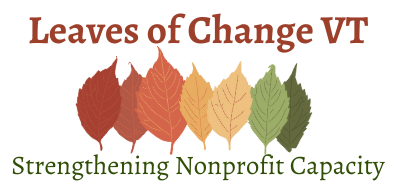Call to Donors: Local and unrestricted
Now that vaccines are rolling out, spring is in the air, and the next stimulus bill has passed, many nonprofits are looking back at what they learned during 2020 (and if you aren’t, now would be a good time to do so). In discussions with my clients, two themes (that might seem familiar) have surfaced: the need for sustained unrestricted funding and keeping service provision local. For me, these two go hand-in-hand.
The recently released Blackbaud Institute Charitable Giving Report pointed out that while philanthropic giving was on the rise overall in 2020, the smallest nonprofits (with annual revenue under $1million) experienced a 7.2% decrease in fundraising revenue. I won’t get into all of the reasons (though I would encourage you to listen to the report: https://www.thenonprofittimes.com/podcast/episode-36-blackbaud-institute-charitable-giving-report/)
I will point out, these same nonprofits are ones that are more challenged to put together competitive grants – time, capacity, experience barriers. Typically, nonprofits with under $1 million revenue don’t have development directors, grant writers, or boards with fundraising expertise. Yet, in many communities, these are the nonprofits that have the trust of the community, the ones that are meet people where they are and provide services that make a difference. Finding creative ways to continue to fund these small nonprofits is critical for community recovery.
Funding with few to no restrictions allows nonprofits to put funding to where the real need is, to pivot quickly and fund pilots or new activities to address emerging needs. During COVID-19, many donors and family foundations eliminated restrictions, allowing nonprofits to do what they needed to stay open and continue work. As donor agencies, philanthropy, and individuals continue to fund nonprofits in a “post COVID” world, please consider:
- prioritizing small, grassroots nonprofits who know their communities and have proven their ability to make big impacts with small funding, especially during COVID, and
- to the extent possible, reducing the restrictions on funding to allow nonprofits to be creative and find locally appropriate solutions.


